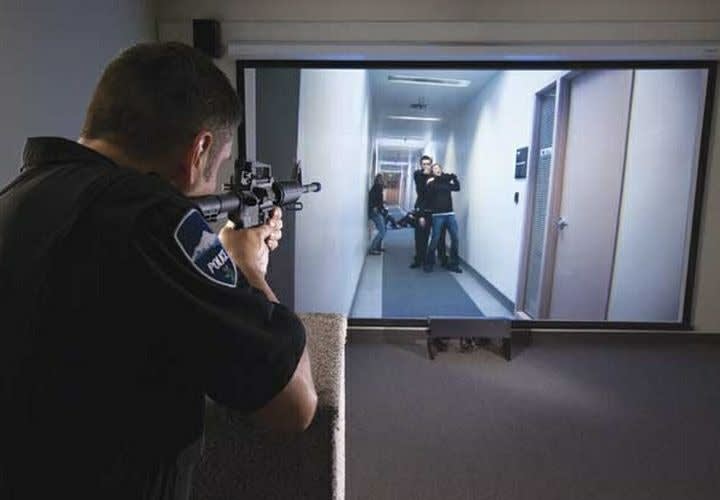
The first law enforcement simulators were 16 mm projectors that flickered their filmed images onto sheets strung across shooting ranges. When the bad guy went for his gun, the officer had to fire and then await the judgement of his trainer as to whether it was a good shoot. Today's simulators are high-tech computer systems with digital projectors that play complex interactive scenarios. They are designed not only to teach officers when and how to shoot guns and less-lethal weapons but also how to talk to suspects to avoid escalation and confrontation.
Read More →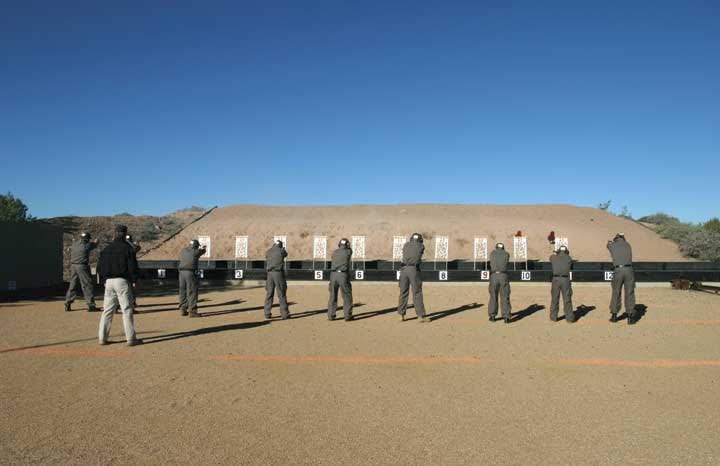
What are you going to do when they come and close down your range? That's a question many firearms trainers are asking themselves all across this country.
Read More →
San Francisco Police Chief Heather Fong has acknowledged that she has gone years without qualifying with her service pistol.
Read More →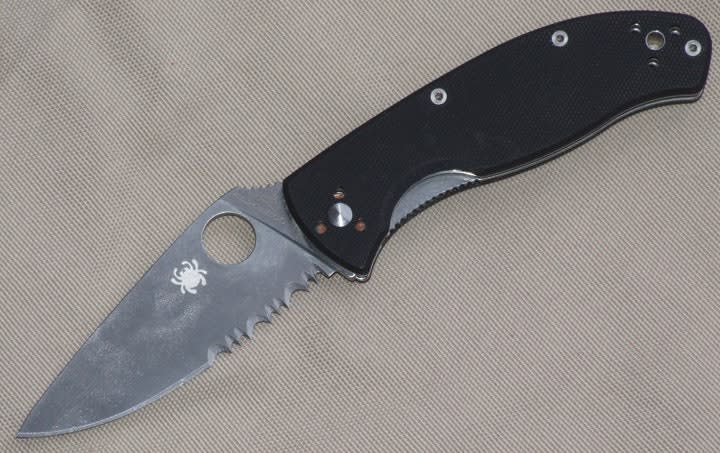
One thing that's clear from the statistics is that law enforcement is becoming a more dangerous occupation. Which begs the question: Is the training that the average law enforcement officer receives adequate enough to help him or her counter the threats presented by the job?
Read More →
"Amateurs do it till they get it right. Professionals do it till they can't get it wrong." That's one of the mantras of Jeff Gonzalez, director of training for Trident Concepts.
Read More →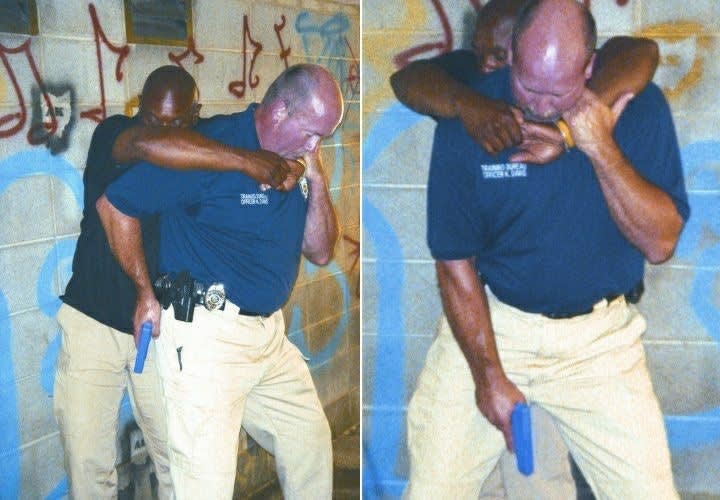
Most attacks on law enforcement officers occur at a range of 10 feet. Are you training for them?
Read More →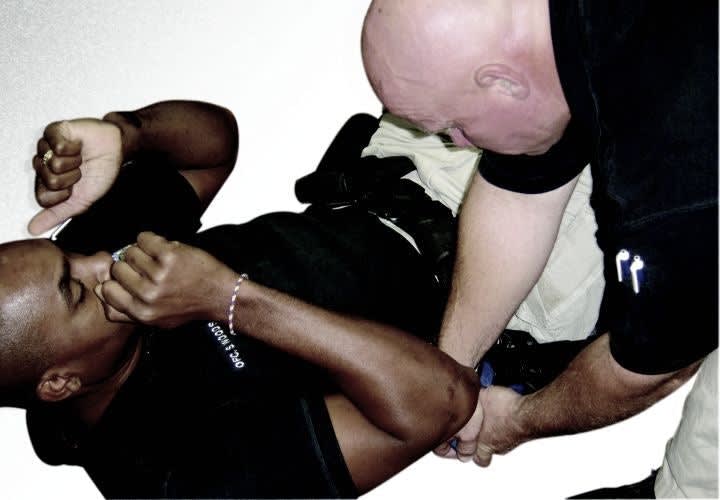
All holsters are not created equal. You know that. You also know that different types of holsters are designed to be used for different police applications. But what you may not know is how to evaluate holsters for quality, fit, retention, and general function.
Read More →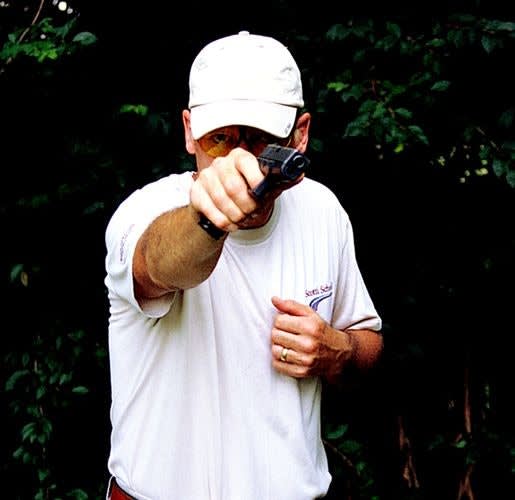
You don't like doing it, I don't like doing it…no one I know likes shooting with one hand. But quite often, how you shoot determines whether or not you go back to the street or end up in an office job riding a desk.
Read More →
For twenty-four years, elite military teams and police trainers have gone to GUNSITE to learn the techniques they teach to their own people.
Read More →
Personal investigation indicates that only about 25 percent of officers practice on their own time. Supervisors, concerned by a low hit rate in critical incidents, may push for better handguns and advanced training. But officers are responsible for their own safety and should practice on their own.
Read More →